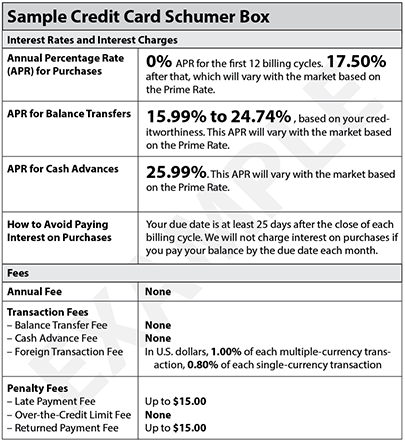Jessica Merritt
Jessica Merritt
Senior Editor & Content Contributor
177 Published Articles 748 Edited Articles
Countries Visited: 4U.S. States Visited: 23
A long-time points and miles student, Jessica is the former Personal Finance Managing Editor at U.S. News and World Report and is passionate about helping consumers fund their travels for as little ca...
Edited by: Juan Ruiz
Juan Ruiz
Senior Editor & Content Contributor
417 Published Articles 1064 Edited Articles
Countries Visited: 41U.S. States Visited: 28
Juan has extensive experience in writing and editing content related to credit cards, loyalty programs, and travel. He has been honing his expertise in this field for over a decade. His work has been ...
& Keri Stooksbury
Keri Stooksbury
Editor-in-Chief
70 Published Articles 3693 Edited Articles
Countries Visited: 54U.S. States Visited: 28
Editing with Upgraded Points for over 6 years, as editor-in-chief, Keri manages the editorial calendar and oversees the efforts of the editing team and over 20 content contributors, reviewing thousand...






![Venmo Credit Card – Full Review [2025]](https://upgradedpoints.com/wp-content/uploads/2021/10/Venmo-Credit-Card-green.jpg?auto=webp&disable=upscale&width=1200)
